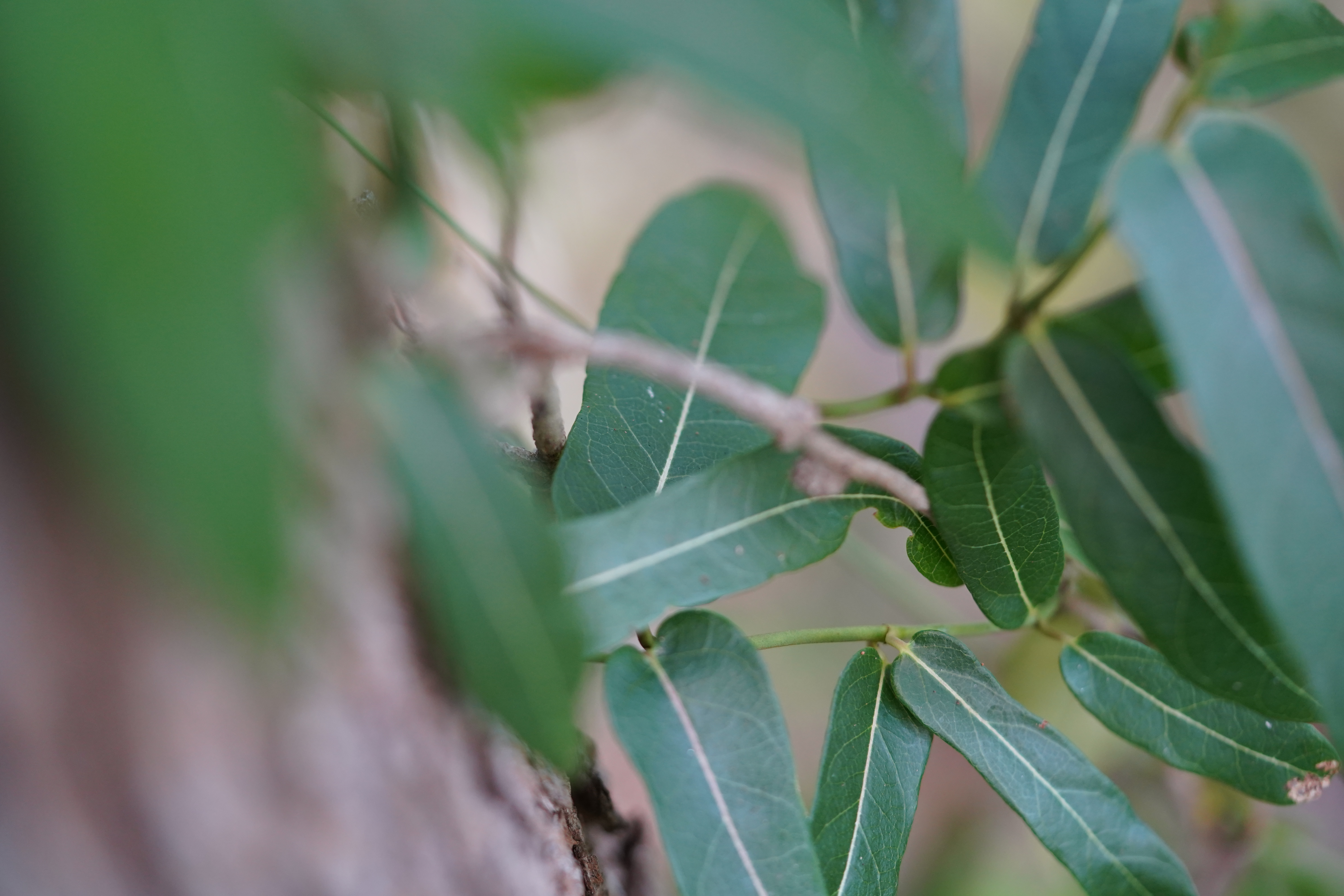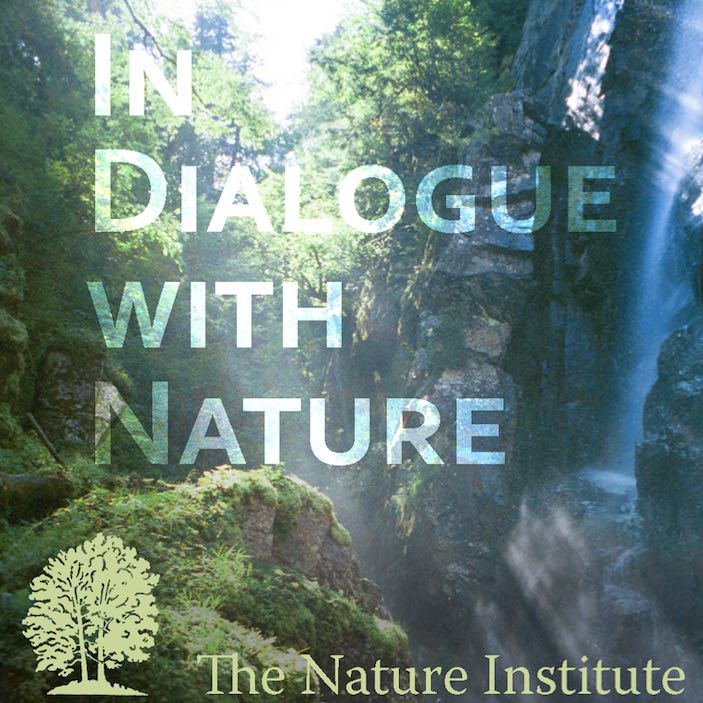The ‘Intelligence’ of Plants
The founder of the ‘plant neurobiology movement’ Stephan Mancuso takes the view that our ” fetishisation of (mammalian) neurons, as well as our tendency to equate behaviour (and intelligence) with mobility, keeps us from appreciating what plants can do.” (Quote source).
Indeed, because they don’t move like animals, plants must by necessity develop an extensive, relational, and nuanced understanding of their local environments – arguably far beyond that of mammals like us. Plants therefore have to find everything they needs where they are located – and must have the capacity to defend themselves, while all the while remaining fixed in place. They must also cultivate ‘vectors’ – eg insects, animals or the wind to move their pollen to reproduce.

This “sessile life style,” as plant biologists term it, calls for an extensive and nuanced understanding of one’s immediate environment, since the plant has to find everything it needs, and has to defend itself, while remaining fixed in place. A highly developed sensory apparatus is required to locate food and identify threats.
Plants of course do frequently get eaten and so they would not want to have any irreplaceable organs like a brain or legs. To cope with this, plants therefore developed a modular design which can in some cases allow them to lose to 90% of their body and yet still survive. This an extraordinary capability and which has now parallel in the animal kingdom. “ Plants therefore have a level of resilience. that we can barely imagine”.
In this introductory talk Neuro-Botanist Dr. Stefano Mancuso presents intriguing evidence about how plants behave in what might be termed as ‘intelligent ways’ from a human perspective – i.e. fighting predators, maximising food opportunities. (It’s worth considering where/if his analysis falls into the trap of categorising intelligence as ‘like us’.)
(Excerpt from above video re root growth tips – Stefano Mancuso: The roots of plant intelligence)
In his article in the New Yorker ‘The Intelligent Plant’ Michael Pollan suggests that plants have evolved between fifteen and twenty distinct senses, including analogues of our five: smell and taste (i.e. they sense and respond to chemicals in the air or on their bodies); sight (they react differently to various wavelengths of light as well as to shadow); touch (a vine or a root “knows” when it encounters a solid object); and, it has been recently discovered, sound.
In a recent experiment, Heidi Appel, a chemical ecologist at the University of Missouri, found that, when she played a recording of a caterpillar chomping a leaf for a plant that hadn’t been touched, the sound primed the plant’s genetic machinery to produce defence chemicals. Another experiment, done in Mancuso’s lab and not yet published, found that plant roots would seek out a buried pipe through which water was flowing even if the exterior of the pipe was dry, which suggested that plants somehow “hear” the sound of flowing water. (Source)

Hence, whilst these are all further reasons to celebrate plants, the focus of this research will lie in discovering, listening to, celebrating and (where appropriate) encouraging the flourishing of the multiple forms of ‘intelligence’ living at the artwork site, and its environs/atmospheres. This may include
-
-
Behaviours of plants (notably the emergent and established trees, grasses, sedges at the site)
-
Actions of related insects (various)
-
Changes in soil and soil bacteria (Notably in our case Purpureocillium)
-
Changes in atmospheres at the site
-
Being with Plants
Whilst plants are always in flux (often going through extraordinarily different phases where sometimes as much as 90% of their mature bodies can be become absent) – their fixated/sessile nature offers us an amazing opportunity to return to be with them, time after time. Plants therefore offer us an opportunity to be fully present with them. This idea is summed up poetically by Ryan Shea in this podcast from the Nature Institute – in which he also reminds us that “the trees can’t actually grab your face and turn you towards them, so you have to do some of the work yourself.”
